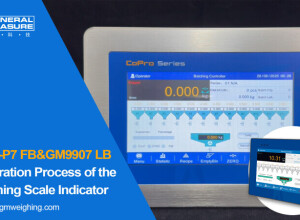Functional Safety for Robotics: PL, SIL, and Safe Motion
Modern robots depend on electronics for safe operation. Functional safety ensures that hardware or software failures don’t result in unsafe behavior. In robotics, this means defining performance levels (PL), safety integrity levels (SIL), and verifying “safe motion” behavior.
Understanding PL and SIL
- Performance Level (PL): from ISO 13849-1, used for safety-related parts of control systems (PL a–e).
- Safety Integrity Level (SIL): from IEC 61508/62061, used for complex programmable systems (SIL 1–3).
Both quantify the probability of dangerous failure — the higher the level, the lower the risk.
Safe Motion Functions in Robots
ISO 10218 defines Safe Motion Monitoring functions that can be certified to PL d or SIL 2:
- Safe Torque Off (STO)
- Safe Operating Stop (SOS)
- Safe Limited Speed (SLS)
- Safe Direction (SDI)
- Safe Zone Monitoring (SZM)
How to Verify Safety Performance
- Collect PFHd (probability of dangerous failure per hour) data for components.
- Calculate total PL or SIL using combination rules (per ISO 13849-1 or IEC 62061).
- Validate via simulation or actual testing using safety PLC diagnostics.
Best Practices for Integrators
- Choose robot controllers certified for required PL/SIL.
- Use redundant sensors for zone monitoring.
- Maintain a functional safety file with calculations and test results.
Case Example: Automotive Paint Line
An integrator achieved PL d for a multi-robot paint cell by implementing SLS and SZM functions through a dual-channel safety PLC — reducing downtime after e-stops by 35%.
Related Articles
- ISO 10218 Made Simple: Integrator Playbook for 2025
- Risk Assessment Templates for Robotic Cells
- Collaborative vs Industrial Robot Safety: What Changes
Conclusion
Functional safety is not just certification — it’s engineering discipline. Defining and validating PL or SIL early in design ensures robots move safely, predictably, and with full standards compliance.









































Interested? Submit your enquiry using the form below:
Only available for registered users. Sign In to your account or register here.